The most popular tech gadget from the year you were born
Zoë Ettinger,Matthew Wilson

- Almost every year since 1950 has seen a new gadget that's changed the way we use technology.
- The first microwave oven was invented in 1955 and made cooking faster and more convenient than ever.
- Both external and internal pacemakers, which were released in the 1950s, have saved lives.
- In 1977, the first home Apple computer, the Apple II, was released.
Inventors have long been changing the way we use technology through home gadgets. Inventions, like the microwave in 1955, have offered us greater convenience and and improved our daily lives in myriad ways.
Other inventions like external and internal pacemakers, both created in the '50s, have not just improved lives — they've saved them. According to the BBC, 1.25 million pacemakers are fitted each year, and it all started over half a century ago.
In 1977, Steve Jobs and Steve Wozniak revolutionized home technology when they produced the first highly popular home computer, the Apple II.
Take a look at what world-changing gadget was invented or launched the year you were born.
In 1950, Zenith Electronics introduced the first remote controls, which were connected to television sets by wires.

Zenith's remote control was called the "Lazy Bones." It had just one button for flipping channels. The remote pictured above is a slightly more advanced version, with four buttons. Zenith later introduced a wireless remote called the "Flash-Matic" in 1955.
Charles Ginsburg, a researcher at Ampex Corporation, invented the videotape recorder in 1951, according to Smithsonian.
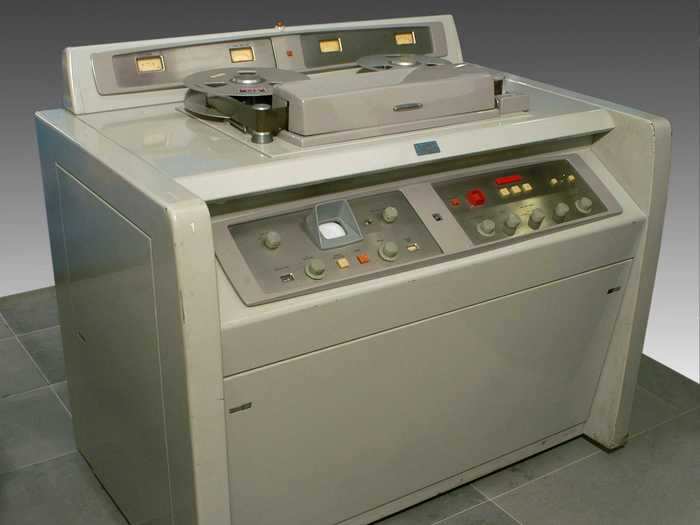
The first videotape recorder worked by taking photos and converting them into electrical impulses, which were then stored on magnetic tape. It went for a cool $56,000.
The first transistor radio was made in 1954 by Texas Instruments and was called the Regency TR-1.
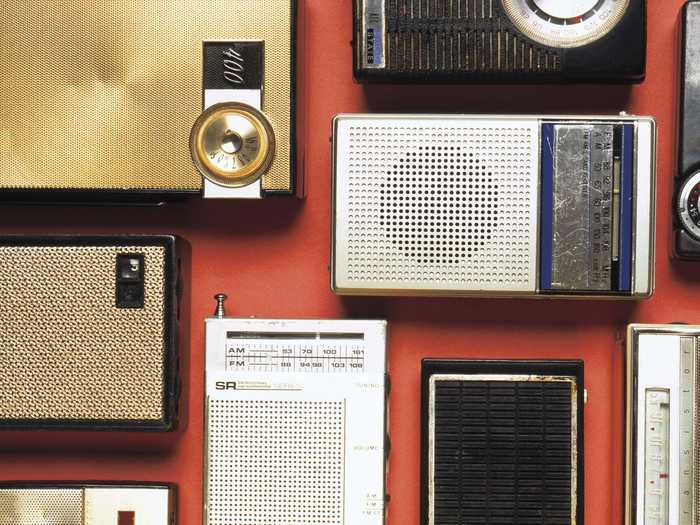
The first transistor radio, "a fantastic pocket-size 'music player,'" made it possible to tune into your favorite AM radio station wherever you were for the first time ever and it revolutionized the way we listen to music today.
According to Sound & Vision, it cost $50, which is equivalent to around $480 today.
In 1955, Tappan released the first microwave oven designed for consumers. It made cooking faster and easier than ever.
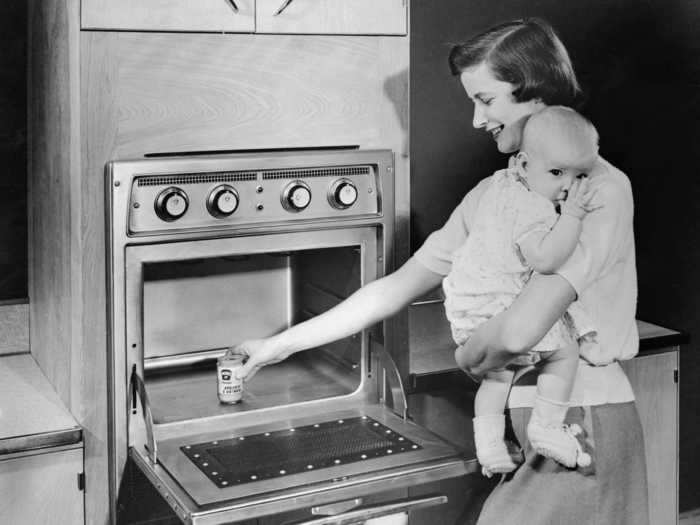
According to Wired, the microwave oven was born out of the radar systems used in World War II-era technology. It also weighed about 750 pounds and was nearly 6 feet tall. Now, they can fit comfortably on a countertop in the smallest of kitchens.
In 1956, IBM released the first computer hard drive to be sold commercially. Hard drives store digital data like documents, computer programs, and applications.
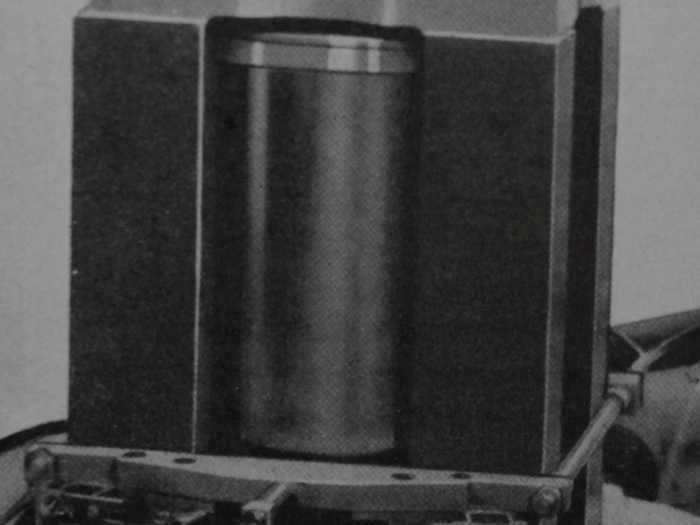
According to PC World, the drive held five megabytes of data at $10,000 a megabyte, and was the size of two fridges. Now, hard drives can be the size of a small tablet.
In 1957, the first battery-operated, wearable pacemaker was sold to consumers. It used an electric current to help regulate heart problems.
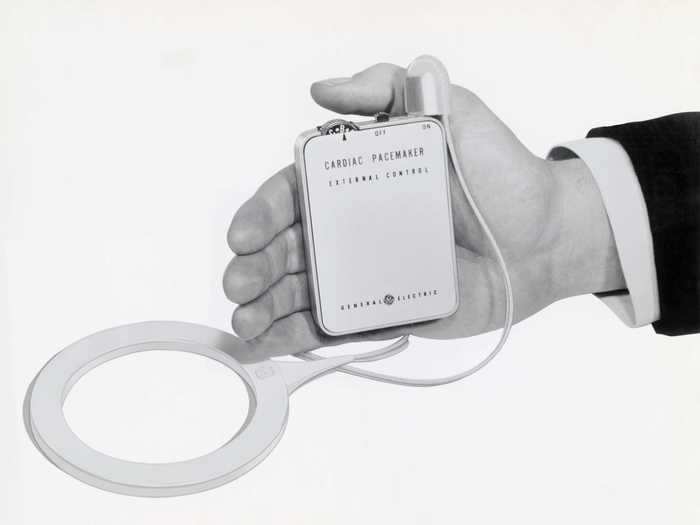
Earl E. Bakken was an electrical engineer, TV repairman, and co-founder of Medtronic Inc. He is the one who produced the first battery-operated wearable pacemaker in 1957, saving countless lives.
The first modem, a machine that can translate data, was released in 1958. It revolutionized communication and paved the way for the internet.
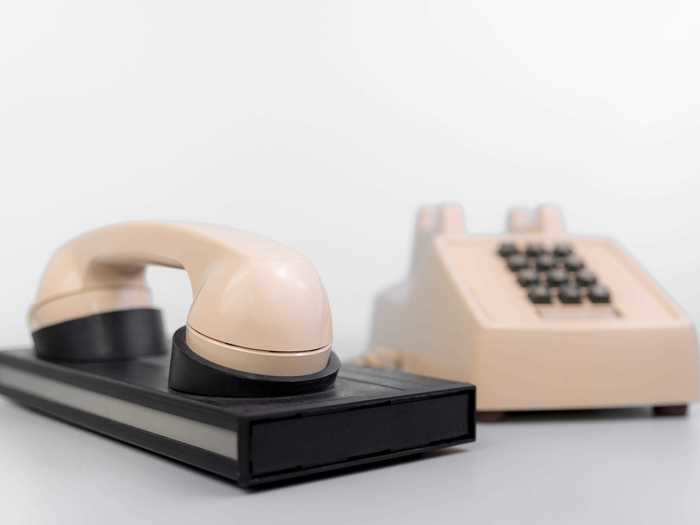
The Bell 101 modem was the first commercial modem for computers, and was released by AT&T in 1958. Modems are still in use today to connect computers and other devices to the internet.
In 1959, internal pacemakers became available. They can treat more serious heart conditions than external pacemakers can.
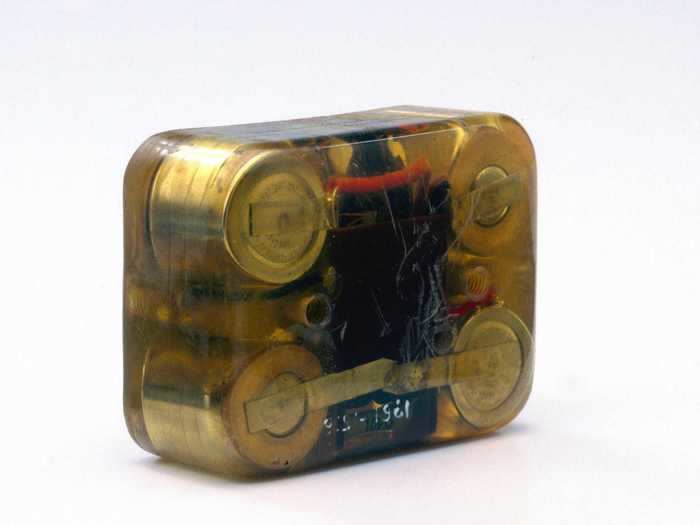
In 1959, Wilson Greatbatch, an electrical engineer, patented the internal pacemaker. Dr. William Chardack reported the first successful use of the pacemaker inside a human in 1960, which changed the future of heart medicine forever.
In 1960, the portable television was put on the market. It allowed viewers to watch television anywhere.
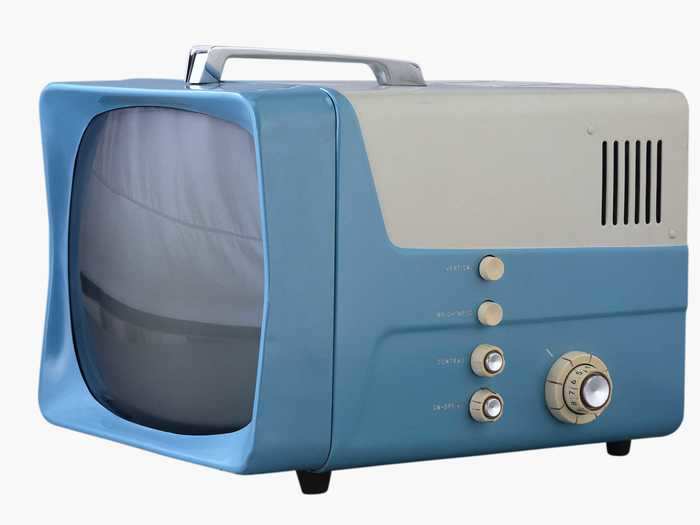
Just a few decades after the TV was invented, Sony released the T TV-8-301 — the first complete transistor television — in 1960. It weighed about 13 pounds and could run on two six-volt batteries. However, it only lasted for two years before getting discontinued.
The first audio cassette tapes were released in 1962. Their small size made them a convenient way to listen to pre-recorded music.

According to Medium, the audio cassette tape was first created by Philips in 1962 in Hasselt, Belgium. Though they were soon rendered obsolete by CDs, and then streaming, cassettes are having somewhat of a renaissance. Just look at Urban Outfitters.
In 1963, Douglas Engelbart, an engineer and inventor, created the first computer mouse. It was made of wood and had just one button.
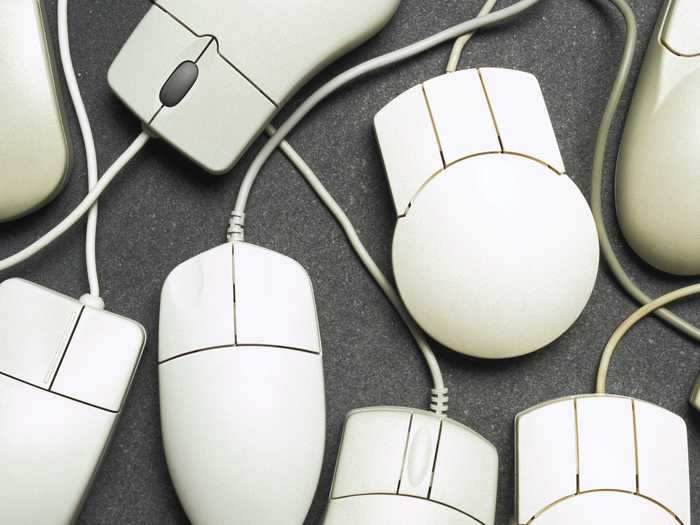
According to The New York Times, some early versions of the mouse had three buttons, though Engelbart thought as many as 10 buttons would be more useful. Computer mice today still usually only have two or three buttons.
Bell Telephone's Picturephone went on display at the 1964 World's Fair. Much like video calls today, it let callers see the person on the other line.
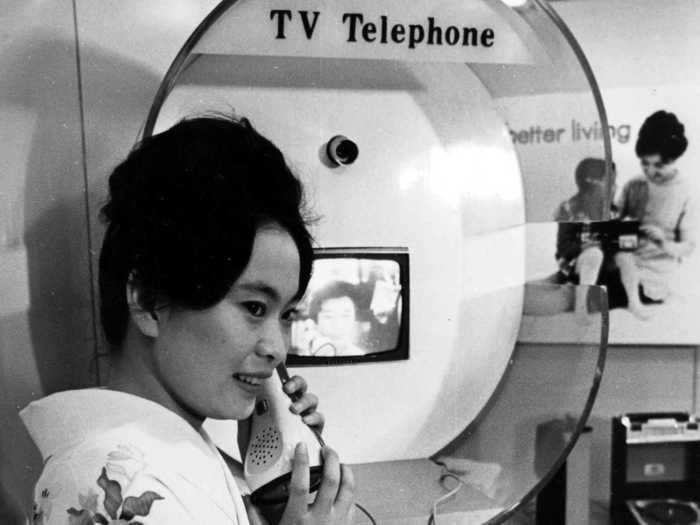
According to the New York Times, "From a booth set up in Grand Central Terminal, a person could talk to a friend in Chicago or Washington while also seeing them on a small video screen." It cost the small price of $16 for a 3 minute call — roughly $121 today.
It was the beginning of what we now know as video-chatting.
In 1965, Duane D. Pearsall and Stanley B. Peterson invented battery-powered smoke alarms that could easily be installed and replaced in homes.

Before the invention of smoke alarms, people living in homes or apartments could expect that if their home caught fire, they'd have a one in 10 chance of that fire killing them. However, following their widespread use, that statistic has dropped to one in 100.
In 1967, Texas Instruments released the handheld calculator, the first model that could fit in a pocket.
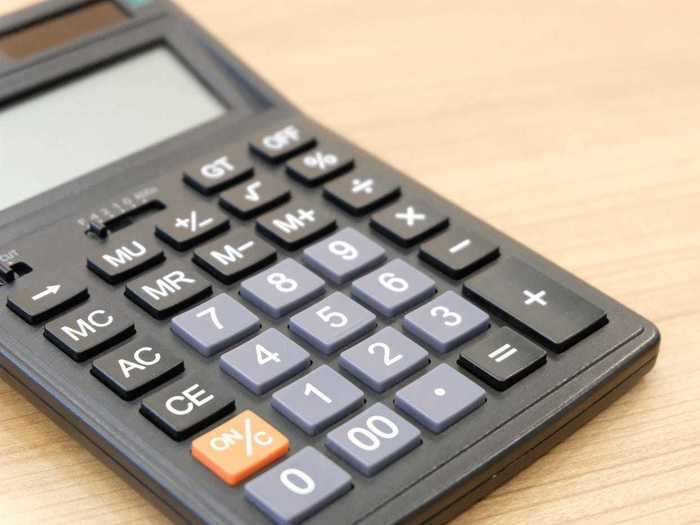
According to PBS, a Texas Instruments group led by Jack Kilby developed a calculator that was only 6 inches tall. It was far smaller than a previously released model, which weighed 55 pounds and cost $2,500.
In 1968, random-access memory (RAM), was invented. It is considered one of the most significant advances in computer technology, according to MIT.
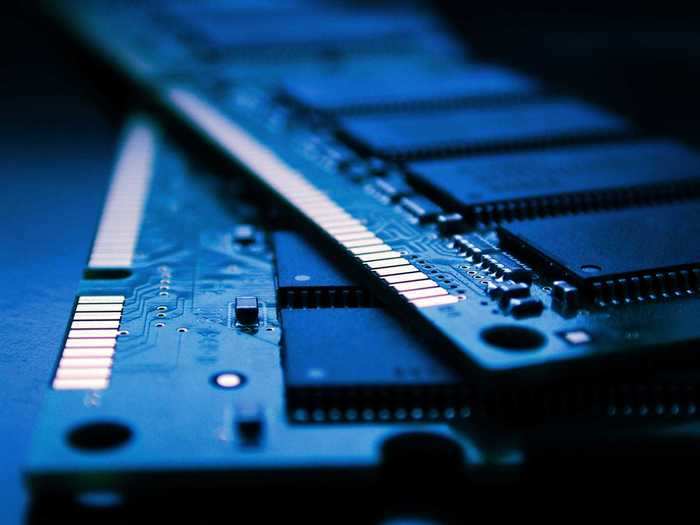
RAM is a hardware storage device for computers. It was first invented by Robert Dennard, an electrical engineer and inventor, in 1968. Computers still use RAM to this day.
The microcassette was developed by the Olympus Corporation in 1969.
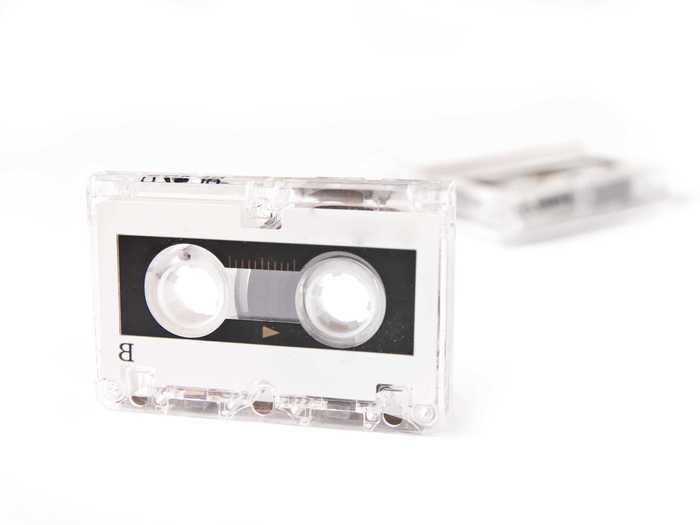
Microcassettes had the same width as the tape on the Philips Compact Cassette but used a much smaller plastic frame, making them even more convenient to carry around on your person and inside your car.
Japanese inventor Yoshiro Nakamatsu, also known as Dr. NakaMats, is credited with inventing the floppy disk in 1970.
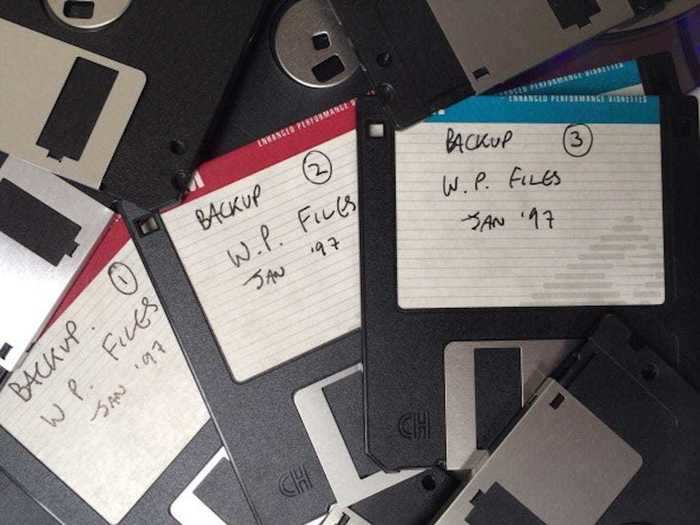
Floppy disks store data and were coined "floppy disks" for their relatively malleable outer casing.
Kids today mainly know floppy disks as the "Save" icon on their computers.
The food processor was invented by Pierre Verdon in Paris in 1971.

Carl Sontheimer, an American engineer and inventor, refined Verdon's machines to produce the Cuisinart, which is still one of the most popular brands in the world.
Video game developer Allan Alcorn created Pong, which was released by Atari in 1972.
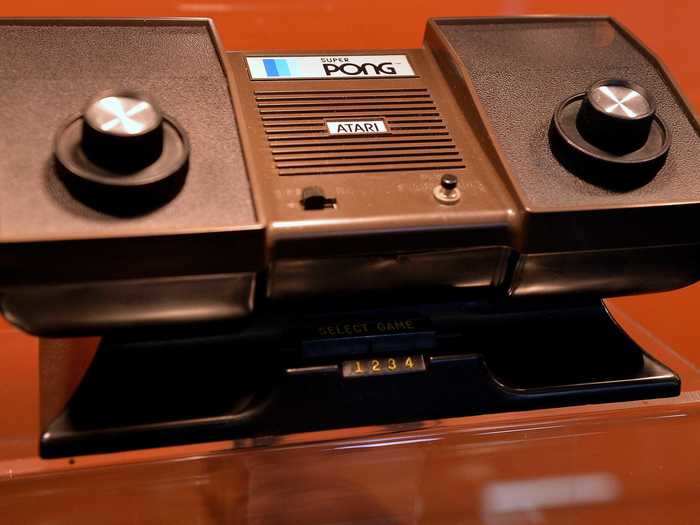
Pong is widely regarded as the game that sparked the video game industry. According to VentureBeat, Alcorn reacted to the explosion of the video game industry by saying, "It wasn't my intention. I'm just as surprised as the next guy."
Motorola released the first mobile phone in 1973. As seen in this photo, they were far clunkier than today's models.
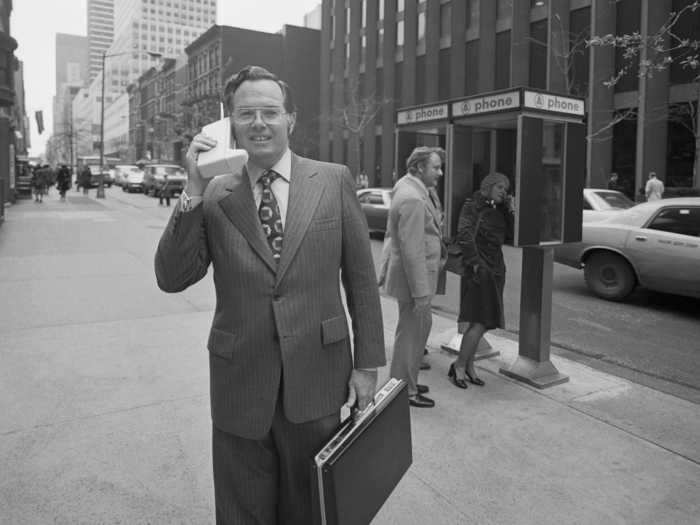
According to EDN, Motorola's Marty Cooper made the first call on a mobile phone to Joel S. Engel, his rival at Bell Labs, on April 3, 1973.
In 2018, smartphone sales reached $522 billion worldwide.
Inside an Ohio store in 1974, a barcode scanner was used for the very first time. Barcode scanners greatly reduced checkout line times.
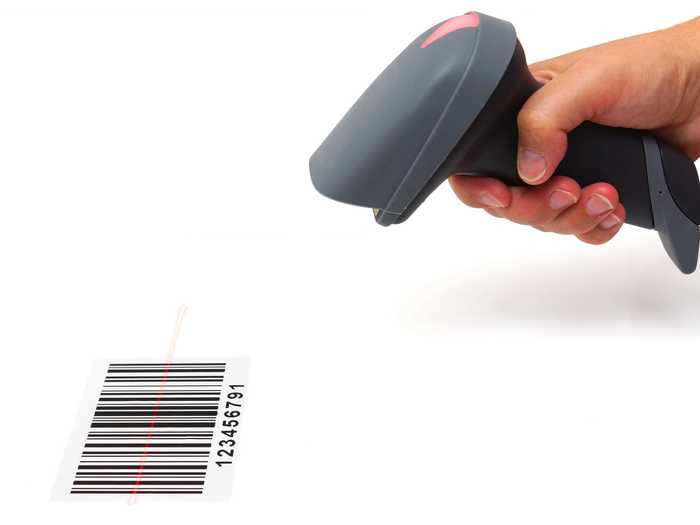
According to Smithsonian, on June 26, 1974, in the small town of Troy, Ohio, the first item marked with the Universal Product Code (UPC) was scanned at the checkout counter of Marsh Supermarket.
Steven Sasson, an engineer at Eastman Kodak, invented digital photography and made the first digital camera in 1975.
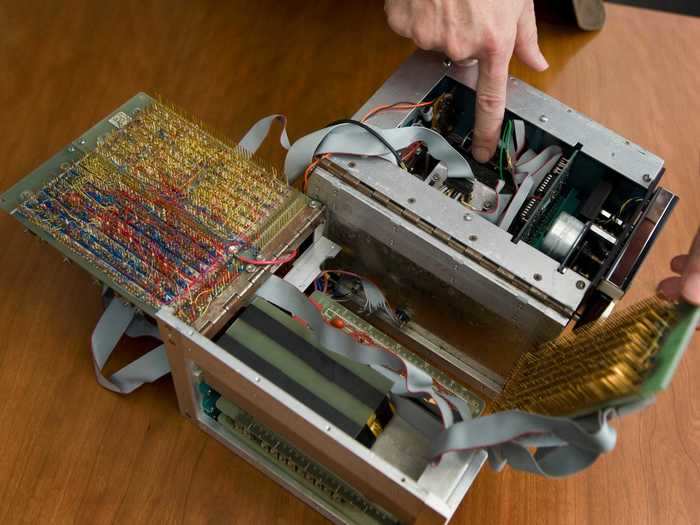
Though the prototype was invented in 1975, Business Insider reported that the first digital camera made widely available in the United States was the Dycam Model 1. It finally made it to the market in late 1990.
VHS, or Video Home System, was developed by JVC in 1976. It made movies widely available for home viewing.

According to Wired, the following year, VHS was introduced in North America at a press conference before the Consumer Electronics Show in Chicago. VHS tapes were the only way to watch movies at home for decades, before DVD and Blu-ray took over.
Steve Wozniak and Steve Jobs invented the Apple II, one of the earliest home computers, in 1977.
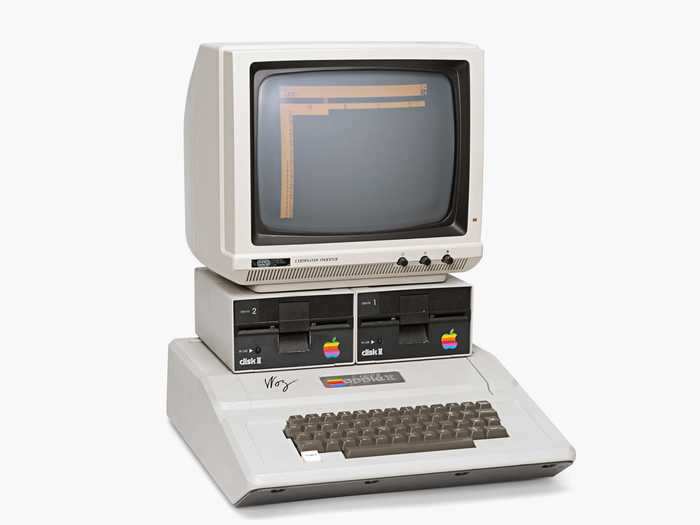
Wozniak and Jobs invented the first Apple computer, the Apple I, in 1976, but their vastly improved version, the Apple II, was released to consumers in 1977. Needless to say, Apple has become one of the largest companies in the world, and it can be traced back to the Apple II.
In 1978, LaserDisc launched as a home movie rival to the VHS tape and later the DVD.
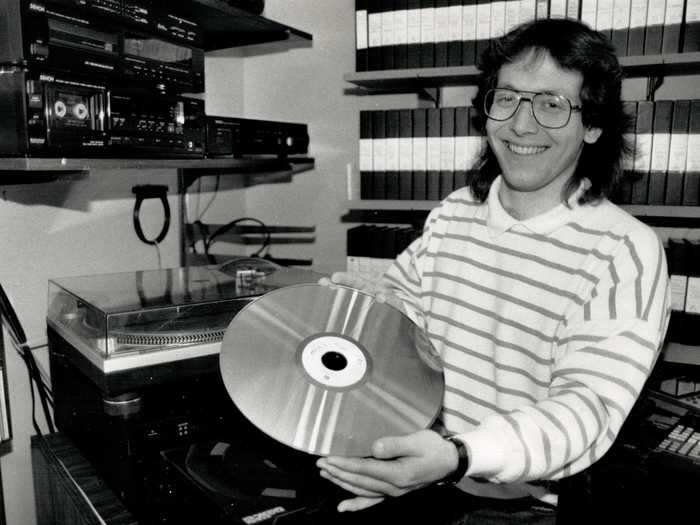
According to CNET, the first LaserDiscs that were created had analog audio tracks, but later versions featured stereo audio. The audio and video quality was considered by many to be superior for its time. However, even at the height of its popularity, it was still considered a niche product.
Launching in 1979, the Walkman cassette player was invented by designer Norio Ohga. It was the first way to privately listen to music on the go.

According to The Verge, a prototype of the Walkman was invented by Ohga when Sony co-founder Masaru Ibuka asked for a more private way to listen to opera music. Selling for $150, the Walkman proved popular, with 400 million devices sold during the brand's lifetime.
Nintendo engineer Gunpei Yokoi developed the Game & Watch handheld game systems in 1980.
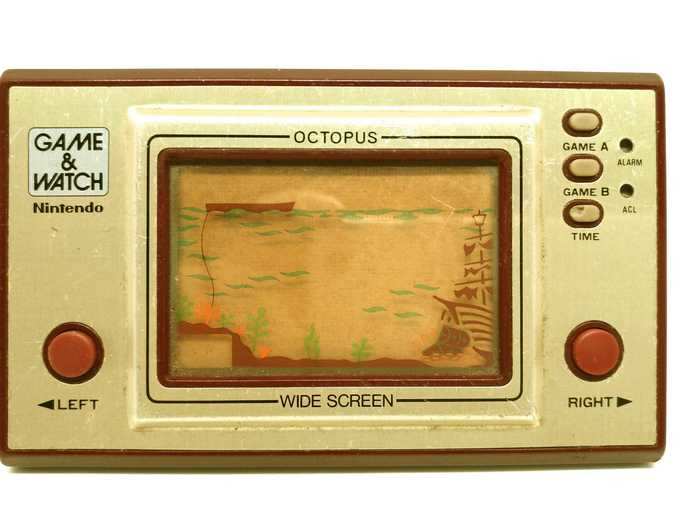
According to Nintendo Life, Yokoi came up with the idea after seeing a Japanese businessman fiddling with a pocket calculator. Using LCD technology, the line of handheld games launched with a focus on short bursts of gameplay. Now, video games were portable.
Developed by the IBM Corporation in 1981, the IBM Personal Computer was one of the first personal computers on the market.
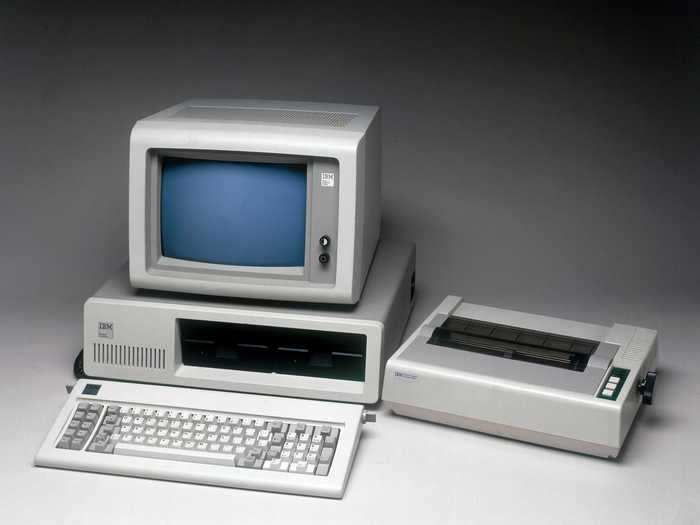
Targeting consumers, the IBM Personal Computer was significantly faster than its competition and boasted 10 times the memory, according to Britannica.
In 1982, the first compact disc (CD) player hit the market and changed the way people listened to music.

According to Science Museum Group, the first CD was developed as a collaboration between Philips and Sony in 1982.
The first CD player, Sony's CDP-101, launched the next year, in 1983. The CD would effectively kill cassettes and vinyl as the go-to medium for music.
In 1983, Betamovie became one of the first camcorders available to consumers.
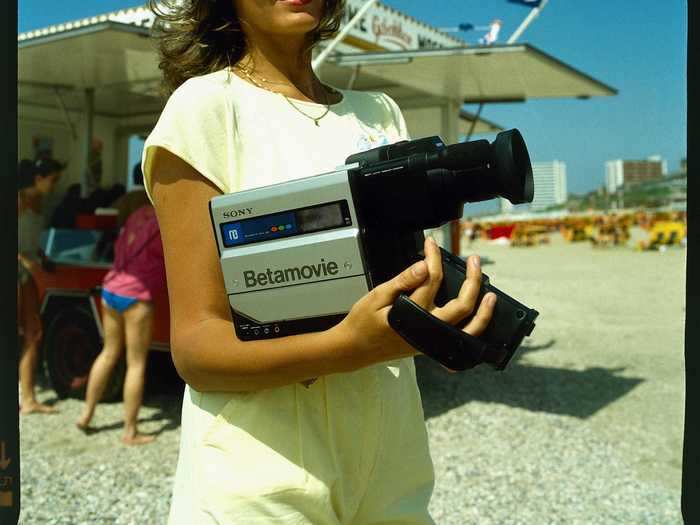
Developed by Sony in 1983, the Betamovie camcorder was the first to combine the camera and portable VCR into one item. Before the Betamovie, a portable VCR had to be connected to the camera by a cable.
Developed by Apple in 1984, the Macintosh launched as competition to the IBM Personal Computer.
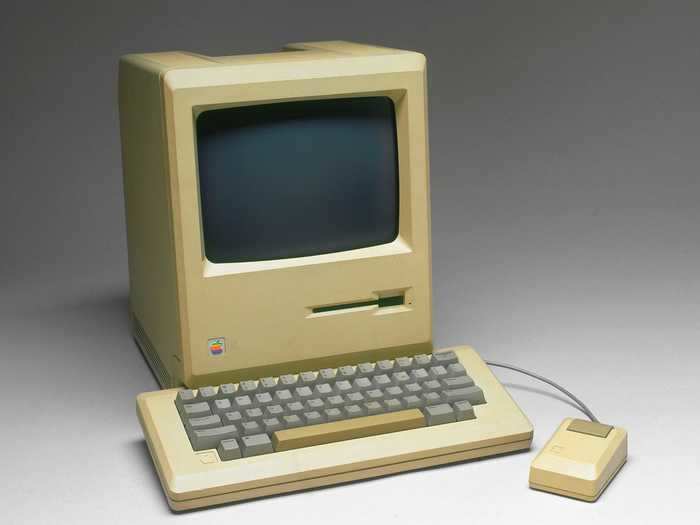
According to The Guardian, the Macintosh was one of the first computers to have a graphics interface, which would quickly become the adopted standard.
In 1985, Nintendo entered the home-gaming system market with the Nintendo Entertainment System, or NES.
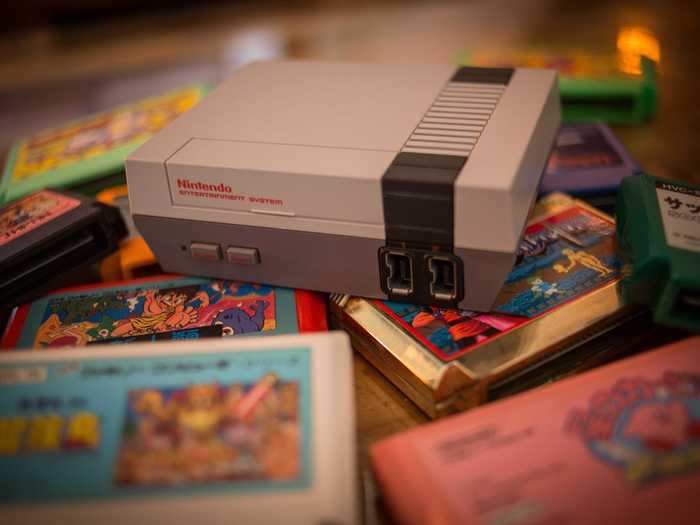
According to Nintendo, the NES sold 60 million units during its lifetime, and introduced iconic characters like the Mario Brothers and Link to the masses.
In 1986, the Japanese public was introduced to the first disposable film camera on the market.
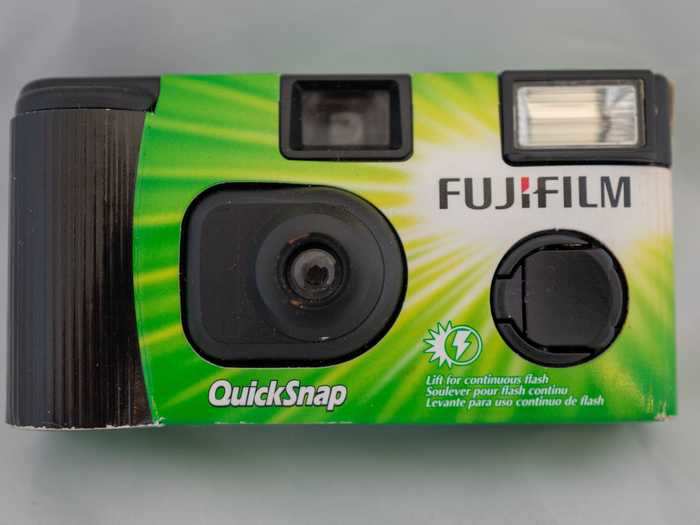
According to CNN, the camera was developed by Fuji in 1986, and didn't hit the market in the United States until a year later under the Fujicolor Quicksnap name. Disposable cameras offered a cheaper alternative to consumers than traditional photography, though they are less immediate than a Polaroid.
Though it didn't go on sale for three years, the first LCD projector was developed in 1987.
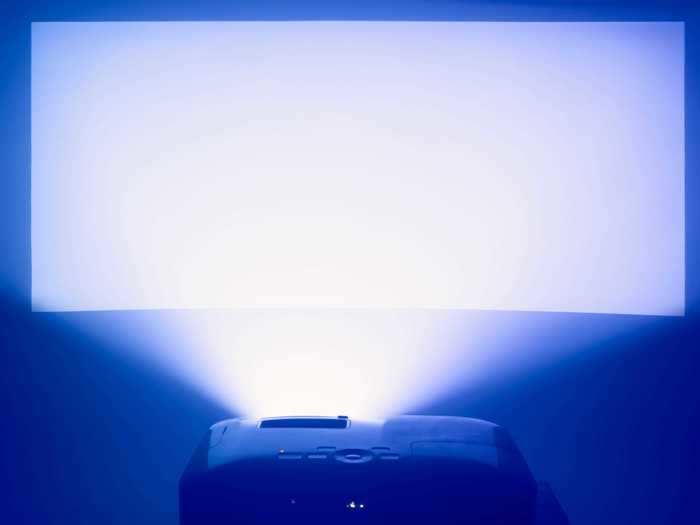
Inventor Gene Dolgoff had been working on creating the first LCD projector since the 1960s. Finally, in 1987, Dolgoff improved upon his design and patented it, creating the company Projectavision, Inc. The first commercial LCD projector would be sold three years later in 1990.
Kicking off the video game console wars, the Sega Genesis launched in 1988. However, it had a different name abroad: the Mega Drive.
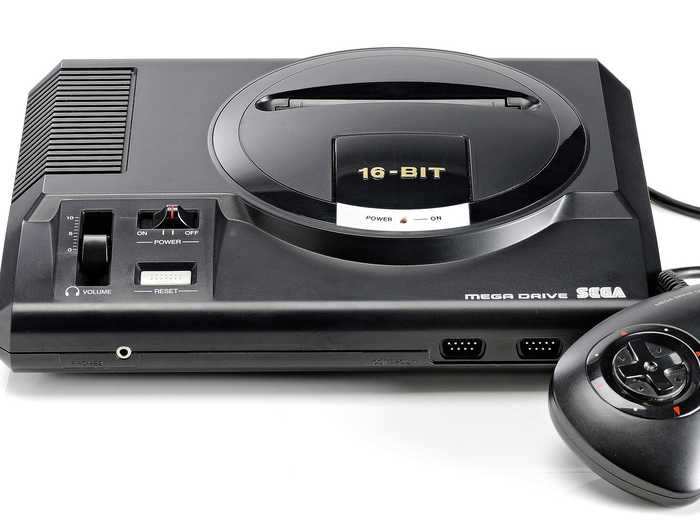
According to The Guardian, the Sega Genesis was a competitor to Nintendo's system, the NES. Sega even had its own mascot — the blue hedgehog Sonic — to rival the popularity of Mario.
In 1989, Nintendo developed and released one of the best-selling video game systems of all time: the Game Boy.
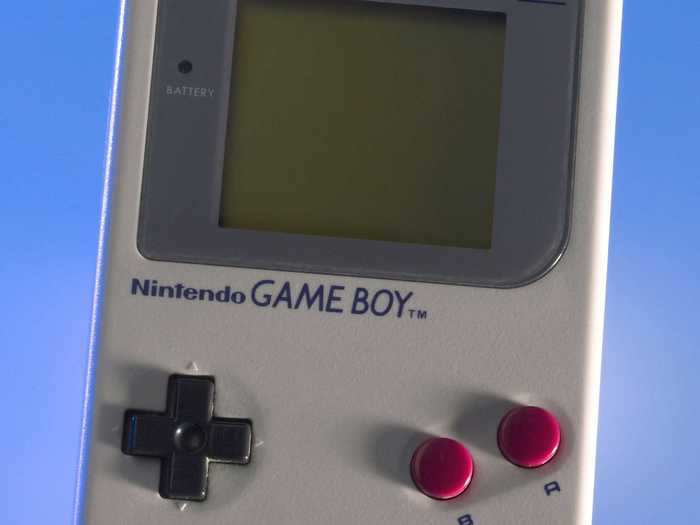
According to Nintendo, the original Game Boy sold over 150 million systems during its lifetime. Iconic franchises got their start on Game Boy, like Tetris and Pokémon.
First developed by Thomas and John Knoll in 1987, the first commercial version of Photoshop launched in 1990.
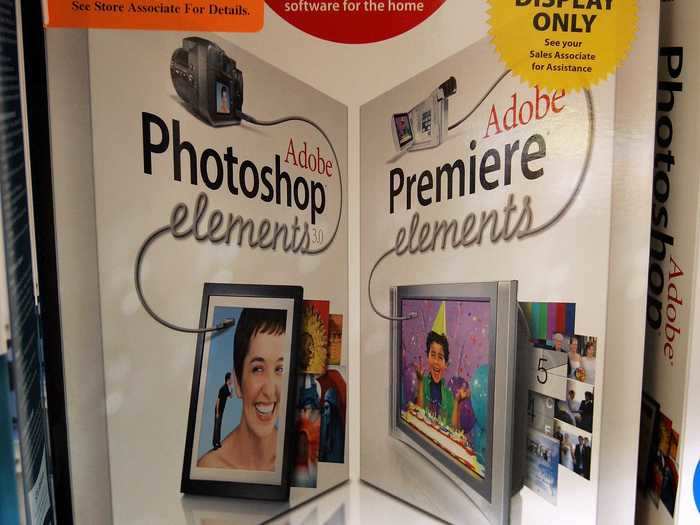
One of the first versions of the photo-editing software was created for the Macintosh. It changed the world of photography forever when it was introduced — now, photos could be edited digitally.
Though it's been around for 30 years at this point, people are still making mistakes while editing photos.
Two researchers at the University of Cambridge accidentally developed the webcam in 1991.
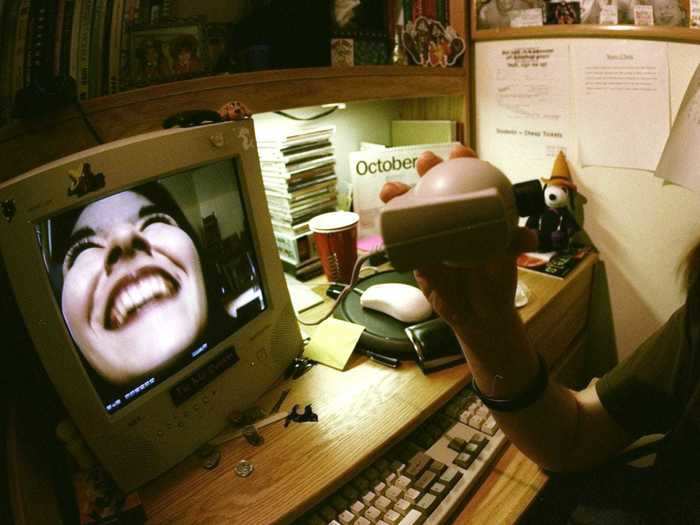
According to the BBC, the first webcam was created by Dr. Paul Jardetzky and Dr. Martyn Johnson at the University of Cambridge. Jardetzky had set up a camera for researchers to watch the coffee pot, to see if it was empty before getting up to grab coffee.
Johnson, who was not connected to the campus' internal computer network, wrote a code that allowed him to view the feed through the World Wide Web for the very first time.
Though development started in 1987, the Philips Sonicare electric toothbrush wasn't released until 1992.

The people behind the Sonicare electric toothbrush wanted to improve upon the way people brushed their teeth, by offering a built-in motor and vibrations to help clean someone's mouth.
The Apple Newton MessagePad, a PDA (Personal Digital Assistant), went on sale in 1993.
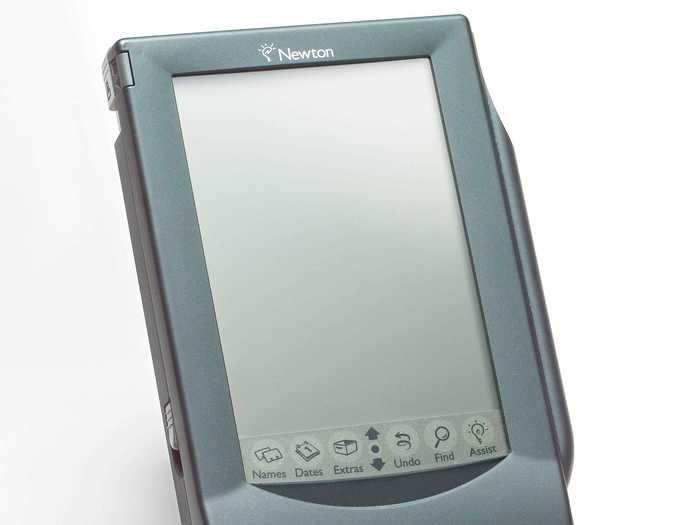
The MessagePad had a brief life, but it made a big impact. The device could take notes, keep track of your calendar, send faxes, and store contacts. There's even a museum dedicated to it, according to Wired.
Released in 1994, the IBM Simon was the first PDA that also had telephone functionality.
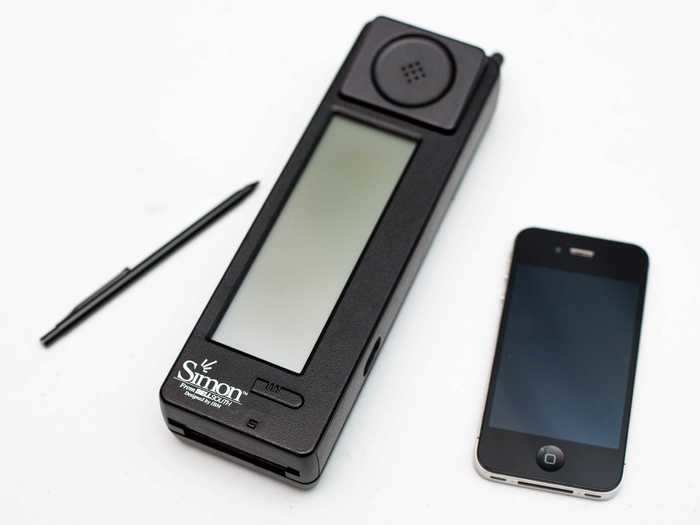
The IBM Simon was a precursor to the modern day smartphone, according to Time. The personal assistant device was the first to have telephone capabilities. It also had a touchscreen and even apps.
Launched in 1995, the Virtual Boy was designed by Nintendo as a foray into the world of virtual reality.
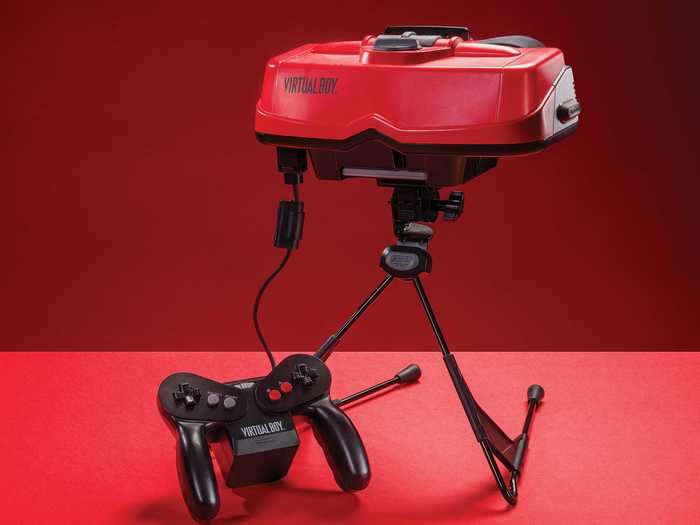
Though it didn't prove to be successful, the device developed something of a cult following among collectors, and the idea of virtual reality was revisited years later with the Oculus Rift. In a way, it was far ahead of its time.
In 1996, the DVD player entered the market as a challenger to both the VHS tape and LaserDisc for home media.
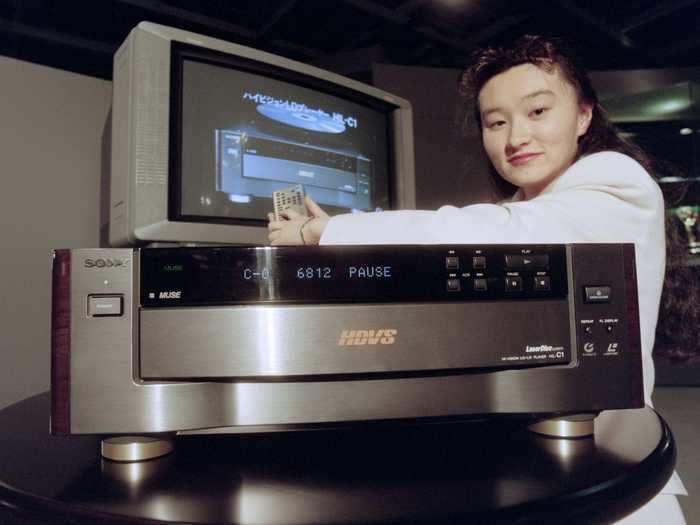
According to the Toshiba Science Museum, the first DVD player, the SD-3000, was designed in 1994 and introduced to audiences in 1996. The DVD would quickly replace the VHS for home media.
Created by Bandai, the Tamagotchi was first released in 1997 in the United States.
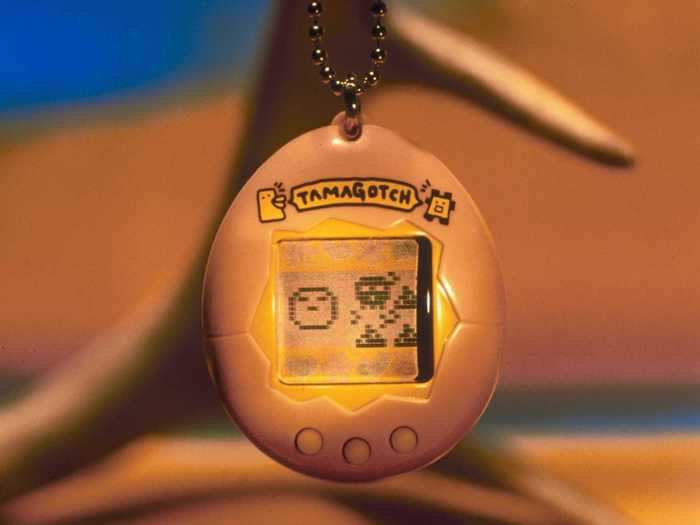
The electronic toy gave owners a virtual pet to feed and take care of, teaching plenty of kids and teens responsibility.
The toy attempted a comeback in 2017, according to Wired. There's also an app available to download for iPhones and Androids.
A precursor of what was to come in the 2000s, the first MP3 music player was released in 1998.
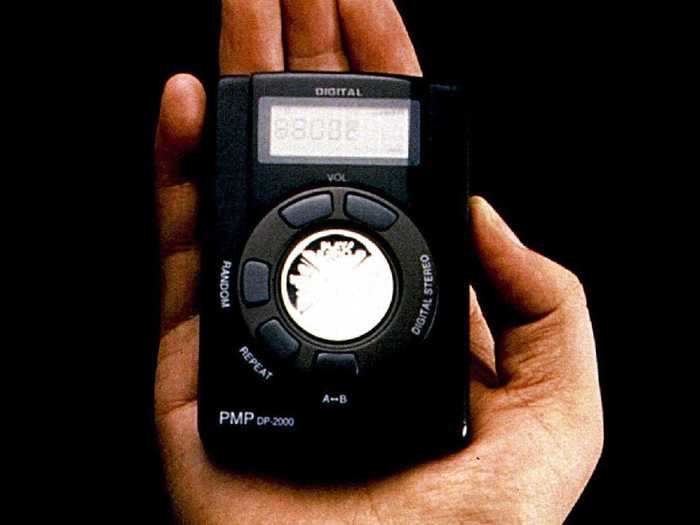
According to Vice, the first MP3 music player, the Diamond Rio PMP 300, was released in 1998. Rather than CDs or cassette tapes, the device used MP3 files downloaded from the web.
The Recording Industry Association of America attempted to sue Diamond over the device and lost, paving the way for future MP3 devices, iPods, and music streaming.
TiVo first launched in 1999, and was developed by Mike Ramsay and Jim Barton.
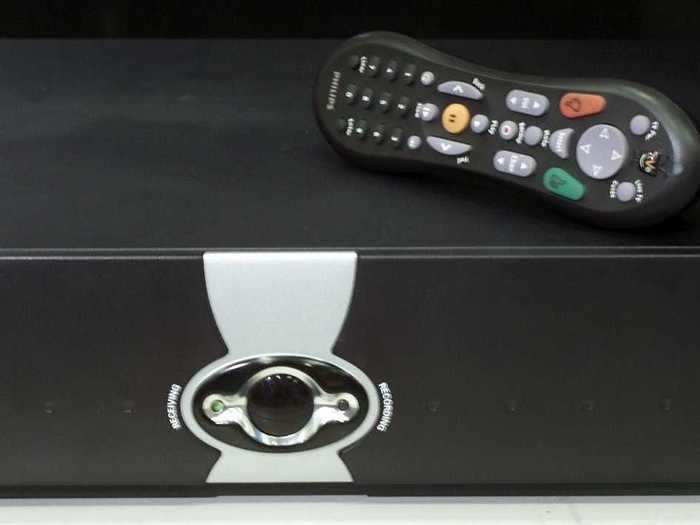
TiVo is a digital video recorder, designed to record TV shows and movies so the consumer could watch them at a later date, something that had only been done using a VHS tape.
In 2000, the first camera phones hit the market, and thus the selfie was born.
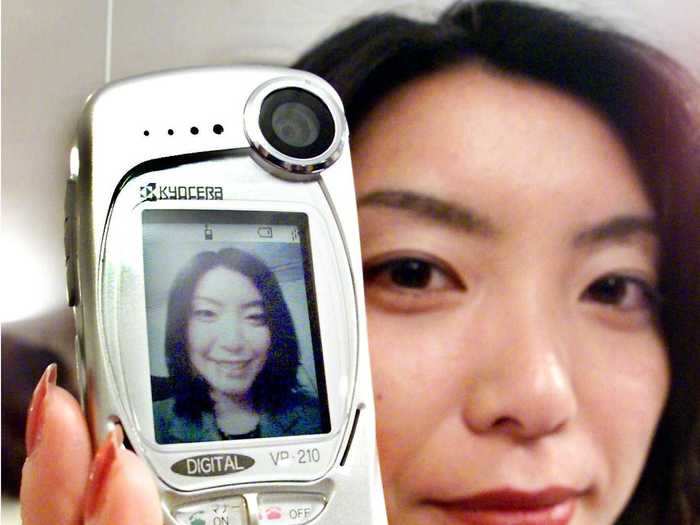
According to Digital Trends, the first camera phone, the SCH-V200, was developed by Samsung and debuted in 2000 — though you still needed a computer to actually access the photos.
In 2001, the first iPod was released by Apple.
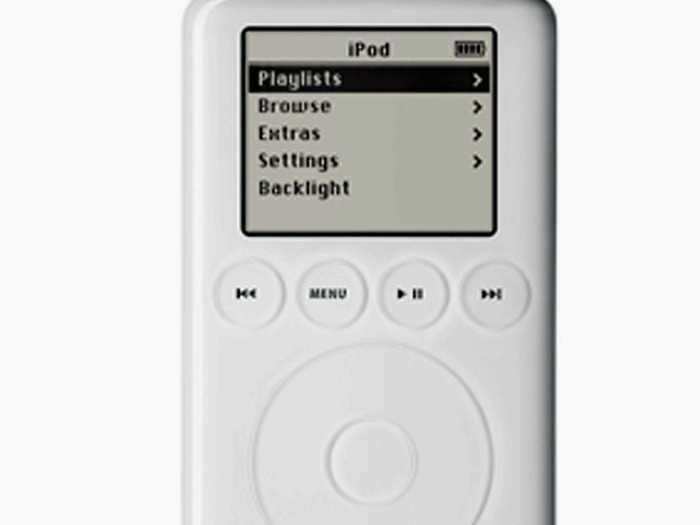
Unlike the touchscreens and mountains of storage that followed, the first iPod model had a click wheel and between five and 10 gigabytes of storage, according to CNET.
Launched by iRobot, the Roomba made its debut in 2002.
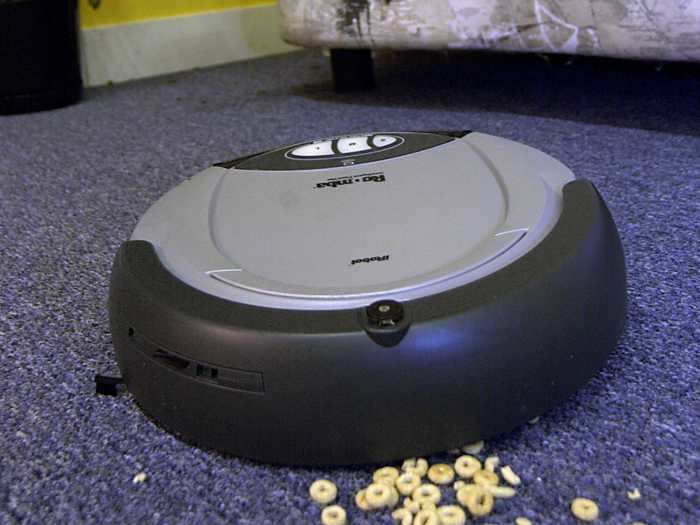
The robotic vacuum cleaner is known for its autonomous household cleaning. Say goodbye to long wires and loud vacuum noises.
Launched in 2003 by Tiger Electronics, VideoNow was a portable video player targeted at children and teens.
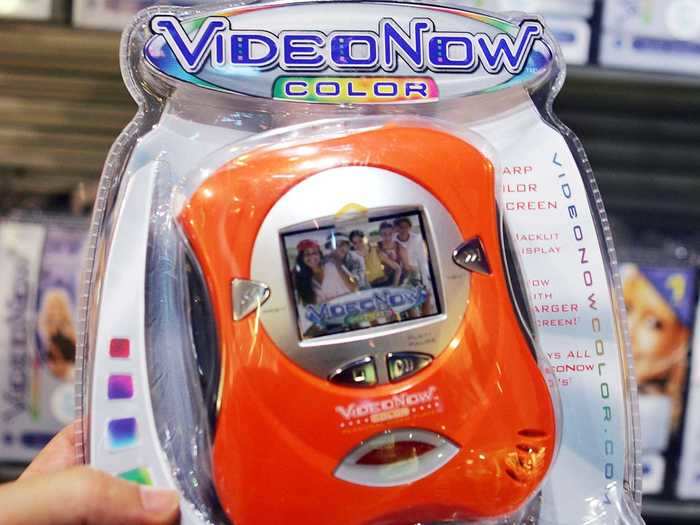
The device proved to be a popular fad. Movies and TV shows were sold on VideoNow discs that played on the device.
In 2004, Nintendo released its highly successful Nintendo DS handheld system.
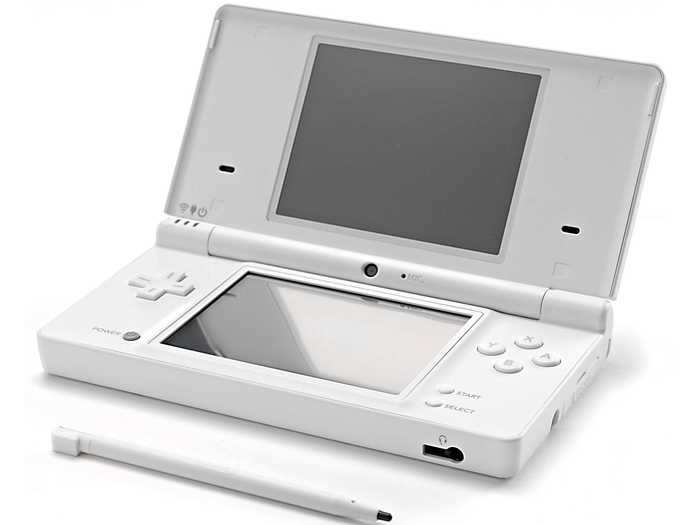
The gaming system combined touch-screen technology with a stylus and dual screens. It was also the first gaming system to use WiFi and a built-in microphone, as well.
The Xbox 360 was designed by Microsoft and released in 2005.
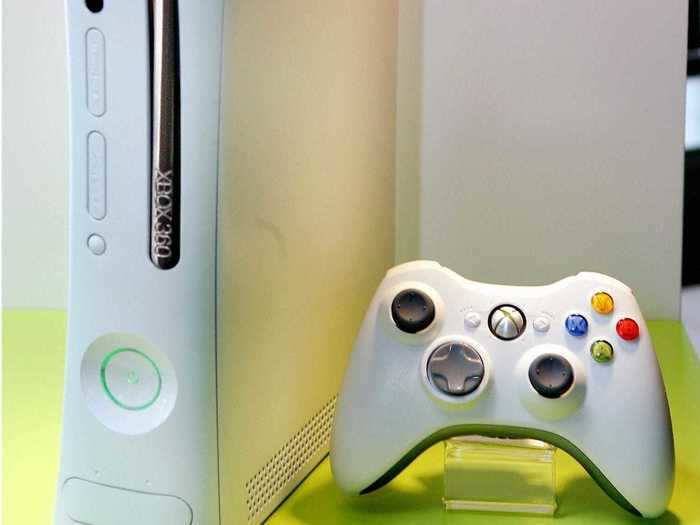
Popular video games for the system included the franchises "Halo" and "Gears of War." The Xbox 360 was replaced in 2013 by the Xbox One.
READ MORE ARTICLES ON
Popular Right Now
Popular Keywords
Advertisement